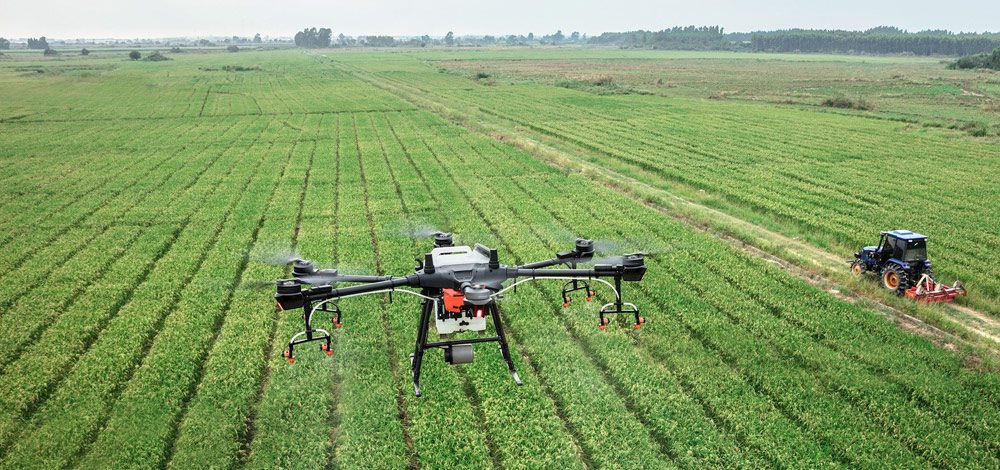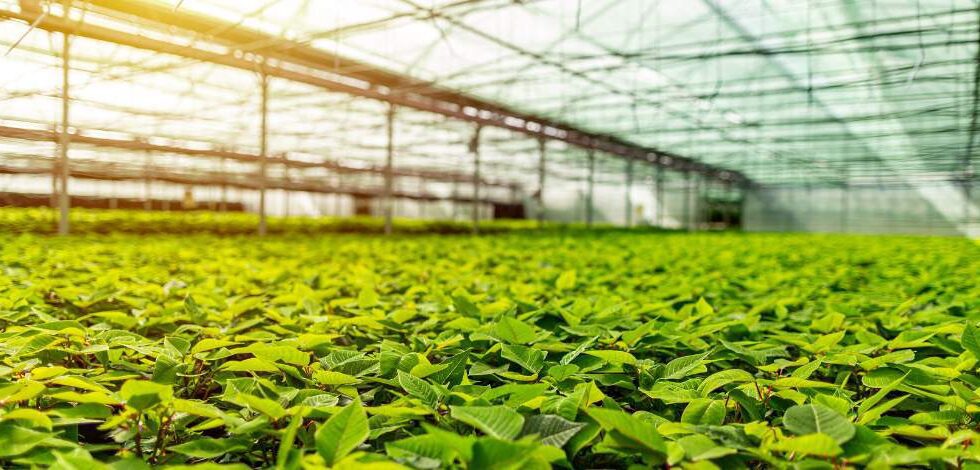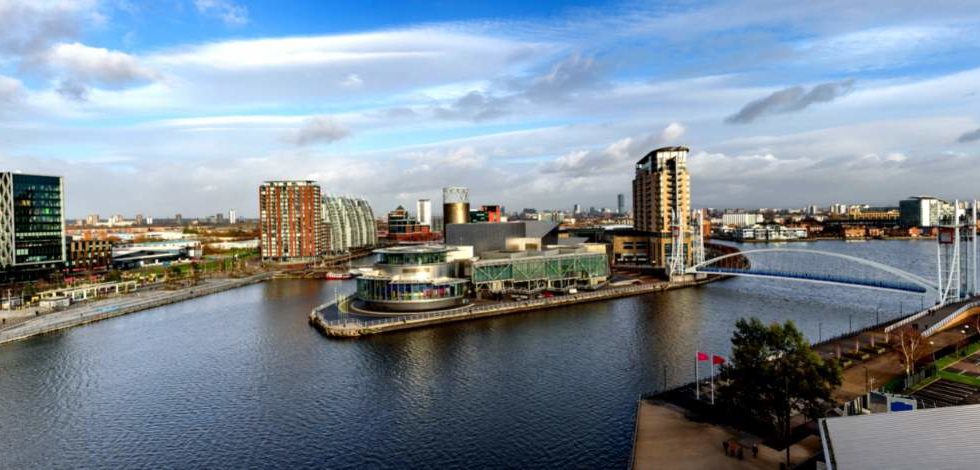Climate change, population increase, food waste and sustainability are some of the core challenges that the food & beverage industry needs to resolve in order to feed the earth’s population.
National Geographic has predicted that by 2050 there would be around 10 billion people who need to have access to a healthy and nutritious meal every day. However, this is not by all means straightforward, as two years ago more than 820 million people were still undernourished, up from 811 million since 2018, according to WHO . The earth’s resources are already stressed, as 70% of the fresh water is currently used in agriculture, while the land we use for farming cannot get any bigger since it is causing massive deforestation. Finally, climate change has a considerable impact on the agricultural sector, as unpredictable weather conditions damage more and more crops.
Several initiatives aim to educate consumers on how to develop sustainable buying habits. The FAO (Food & Agriculture Organisation) has posted several articles on social media trying to flag the issue of food loss and waste since almost one-third of the food produced never makes it to our mouth. Recently, many major tech companies have invested in the food & agriculture sector. These companies have the same goal: how to utilise technology such as AI and Data Analytics to produce enough fresh food while minimising the sector’s global footprint.
Innovation is key
During the last decade, innovation has played a significant role in involving new technologies such as image processing and predictive data analytics that lead to better crop management. Farmers in 2021 can deploy drones and, with the use of GIS, can identify sectors of the farm that need attention. More specifically, in Napa Valley, California, wine makers are using AI to make better decisions regarding how much water to use and when which reduces excess water. They are also harvesting according to the data and minimising the use of pesticides only when data advises them to increase resilience in the vineyard. Not only do they save a significant amount of money, but they also produce more flavourful wines with more complex aromas. This digital revolution has changed traditional farming to precision farming. As these technologies improve, the wine makers increase their income and produce high-quality products while becoming more sustainable.
As consumers become more educated, they are demanding food that has been grown ethically while having all the nutrients that an individual needs. With this in mind, food companies are constantly pushing their capabilities to the limit to ensure that their sales grow. However, since the food and beverage market is already well established, competition is high. This competition is the primary driver that pushes more and more companies to innovate.
A new direction for farming
Vertical farming is a new initiative that has developed in the past five years and is part of this digital revolution in the agriculture sector. Using all types of tools that can generate data such as sensors, cameras and robots, these farms are often located within urban areas and can produce 90% more greens and vegetables while using up to 90% fewer resources and space. Crops are grown with no use of pesticides, using artificial UV lighting. This innovative solution of growing food indoors can conserve resources and does not compromise in terms of quality.
Nonetheless, since vertical farming and precision farming are still immature, AgTech companies invest a lot of money in R&D to ensure that the technology used can soon compete with traditional farming. Intense R&D is ongoing to reduce the high energy costs needed to run these farms in order to be autonomous. Based on the generated data, competent professionals constantly try to replicate the “perfect day” for the plants by analysing different UV spectrums to enhance the plants’ resilience, flavour profile and nutrients.
Agronomists and Software Engineers are working collaboratively to ensure that consumers can access fresh, relatively cheap, highly nutritious food within a couple of hours of harvest. Plenty, a Silicon Valley start-up which was founded in 2013, received US $200 million in July 2018 from investors including Jeff Bezos and Alphabet Inc., aiming to build vertical farms in every major city in the US in an effort to provide fresh food to the American consumer on the same day of harvest.
Considering how complex supply chains can be, vertical farming can simplify the whole process from farm to fork, reducing the CO2 emissions significantly.
AI and Data Analytics in agriculture are driving sustainability
As more and more countries are joining the “pledge” to save the planet by implementing practices that promote sustainability across all sectors, we will probably observe an increase in the use of AI and Data Analytics in agriculture since both tools can provide insights on how to achieve the best results.
According to government statistics, in 2019, 45% of food consumed in the UK was imported (26% from the EU), which signifies the addition of 250 million tonnes to the UK’s CO2 annual emissions. However, the UK’s climate remains hostile to the majority of vegetables. As such, smart farming using new technologies could contribute positively to the ecosystem and the UK economy. The same applies to all the developing countries that may strive to secure fresh food for their people while not being dependent on the global supply chain.
R&D will play a significant part in the next few years, aiming to provide more economically viable solutions to farmers seeking to minimise their footprint while producing high-quality products. In the past, agronomists used to gather all the data using pen and paper. In the next few years, it is more likely that they will turn into data analysts to increase efficiency by using software solutions that automate every single operation within a farm that is probably located next to a shopping mall.















No Comments